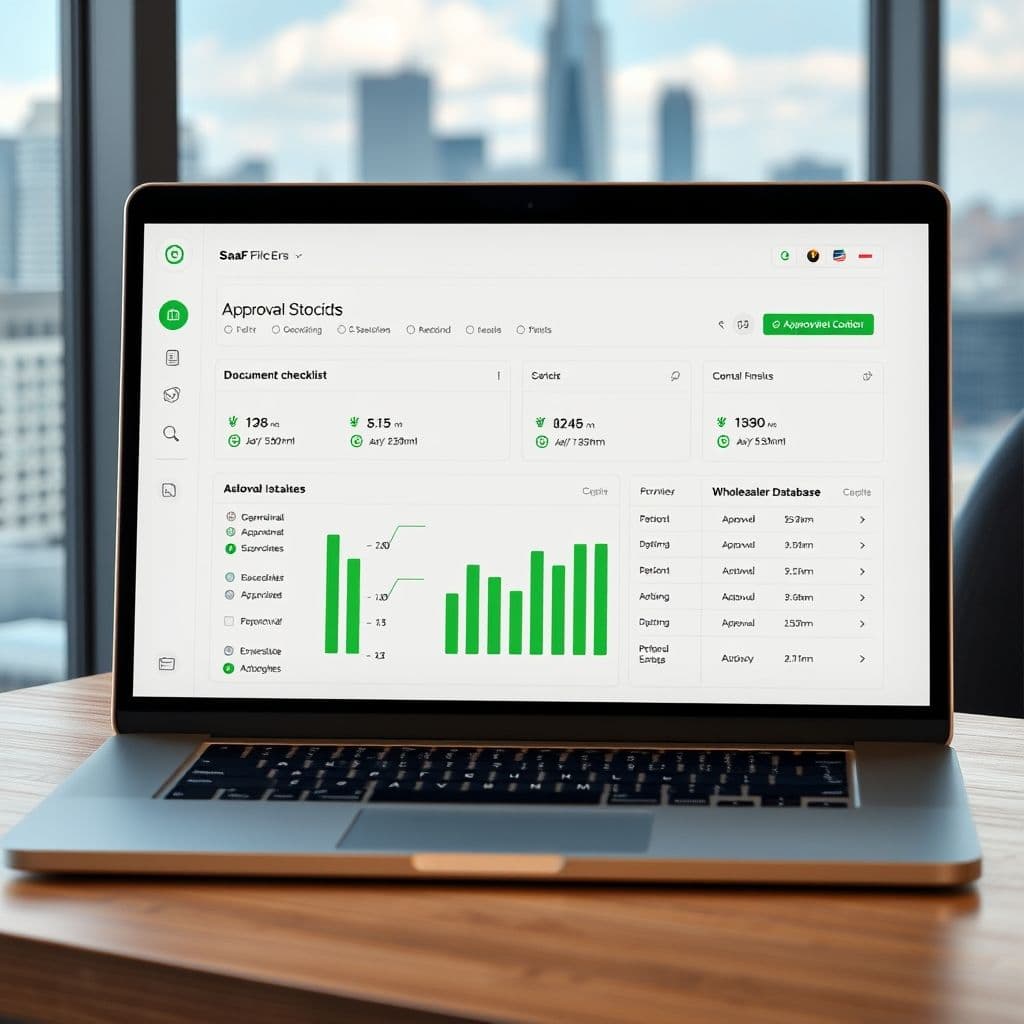Solving Amazon Seller Frustrations: A SaaS Idea to Streamline Un-gating and Approvals

For Amazon sellers, few things are more frustrating than the un-gating and approval process. The endless cycle of submitting invoices, getting denied, and resubmitting has become a significant pain point in the wholesale business model. This article explores the core problems sellers face and presents a hypothetical SaaS solution that could transform this cumbersome process.
The Amazon Un-gating Nightmare: Why Sellers Are Frustrated
The current Amazon un-gating process creates multiple pain points for sellers. First, there's the lack of transparency in requirements - what works for one seller gets denied for another. Second, the constantly changing minimum order quantities (from 10 to 100 to 400 units) create financial barriers for new sellers. Most frustrating of all is the endless resubmission cycle, where sellers report submitting the same invoice 15+ times without clear guidance on what needs correction.
This inefficiency stems from several factors: Amazon's evolving policies to combat counterfeiters, the platform's reliance on manual reviews, and sellers' difficulty in identifying truly authorized wholesalers. The result is wasted time, lost sales opportunities, and significant frustration for legitimate businesses trying to grow on the platform.

A Potential SaaS Solution: Streamlining the Un-gating Process
Imagine a specialized SaaS platform designed specifically to solve these Amazon seller challenges. This hypothetical tool would combine several powerful features: a verified database of authorized wholesalers organized by product category, smart document preparation that ensures submissions meet Amazon's current requirements, and an approval tracking system that learns from each submission to improve future attempts.
The platform could include AI-powered document analysis that scans invoices before submission, flagging potential issues and suggesting corrections. It might offer templates for communicating with wholesalers to obtain properly formatted documentation. For new sellers, the system could provide guidance on which products and categories have higher approval rates based on historical data.

Key Benefits and Potential Use Cases
For new wholesale sellers, this tool could dramatically reduce the trial-and-error period of getting approved. Established sellers could use it to expand into new categories more efficiently. The verified wholesaler database alone would save countless hours of research and reduce the risk of working with unauthorized suppliers.
Specific features might include real-time updates when Amazon changes requirements, community-sourced tips about particular reviewers or categories, and integration with accounting software to automatically generate compliant documentation. The system could even track approval times across different Amazon departments to help sellers plan their product launches.
Conclusion
While Amazon's strict approval processes serve an important purpose in maintaining marketplace quality, the current implementation creates unnecessary barriers for legitimate sellers. A specialized SaaS solution could bridge this gap, reducing frustration while helping Amazon maintain its standards. By combining verified supplier data with intelligent document preparation and submission tracking, such a platform could transform one of the most painful aspects of Amazon wholesale selling.
Frequently Asked Questions
- How would this SaaS verify which wholesalers are truly authorized?
- The hypothetical platform could use multiple verification methods including direct partnerships with brands, validation of reseller certificates, and community feedback from established sellers. Regular audits would maintain database quality.
- Wouldn't Amazon change their requirements too frequently for a SaaS to keep up?
- An effective solution would need to monitor policy changes in real-time, potentially using AI to analyze approval patterns across thousands of submissions to detect emerging trends before they're officially announced.
- How could this tool help sellers who can't afford large wholesale orders?
- The platform might identify categories with lower minimums or connect sellers for group purchases. It could also highlight products where smaller orders have higher approval odds based on historical data.


